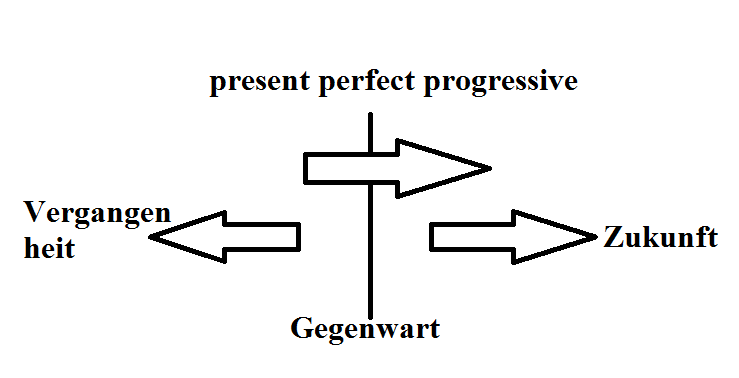present perfect progressive - formation and practical application
The present perfect progressive in English is used when an action started in the past and lasts into the present and is still ongoing.
The present perfect progressive is used also in order to highlight the duration, intensity or difficulty of an action. Typical verbs used in the present perfect progressive are : work, wait, drink, rain, study etc.

The present perfect progressive is used also in order to highlight the duration, intensity or difficulty of an action.
formation:
The present perfect progressive is formed by help of the auxiliary has/have in connection with the past participle of to be = been and the gerund of the main verb.
affirmative sentence:
| I/you/we/you/they | have been 've been | playing. |
| he/she/it | has been 's been | playing. |
negation:
When negating the present perfect progressive you simply add not to the auxiliary have/has. The short forms are accordingly hasn't/haven't.
| I/you/we/you/they | haven't been have not been | playing. |
| he/she/it | hasn't been has not been | playing. |
question:
The question shifts the auxiliary to the front of the sentence: (inversion)
| Have | I/you/we/they | been playing? |
| Has | he/she/it | been playing? |
